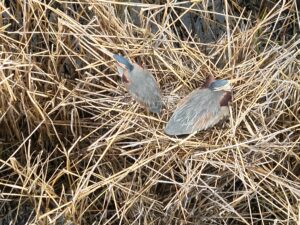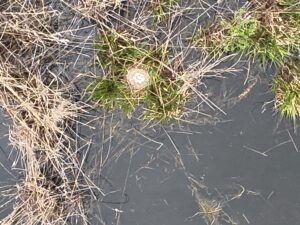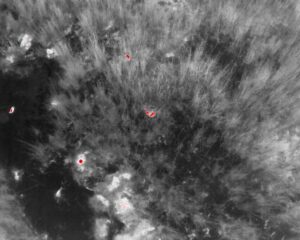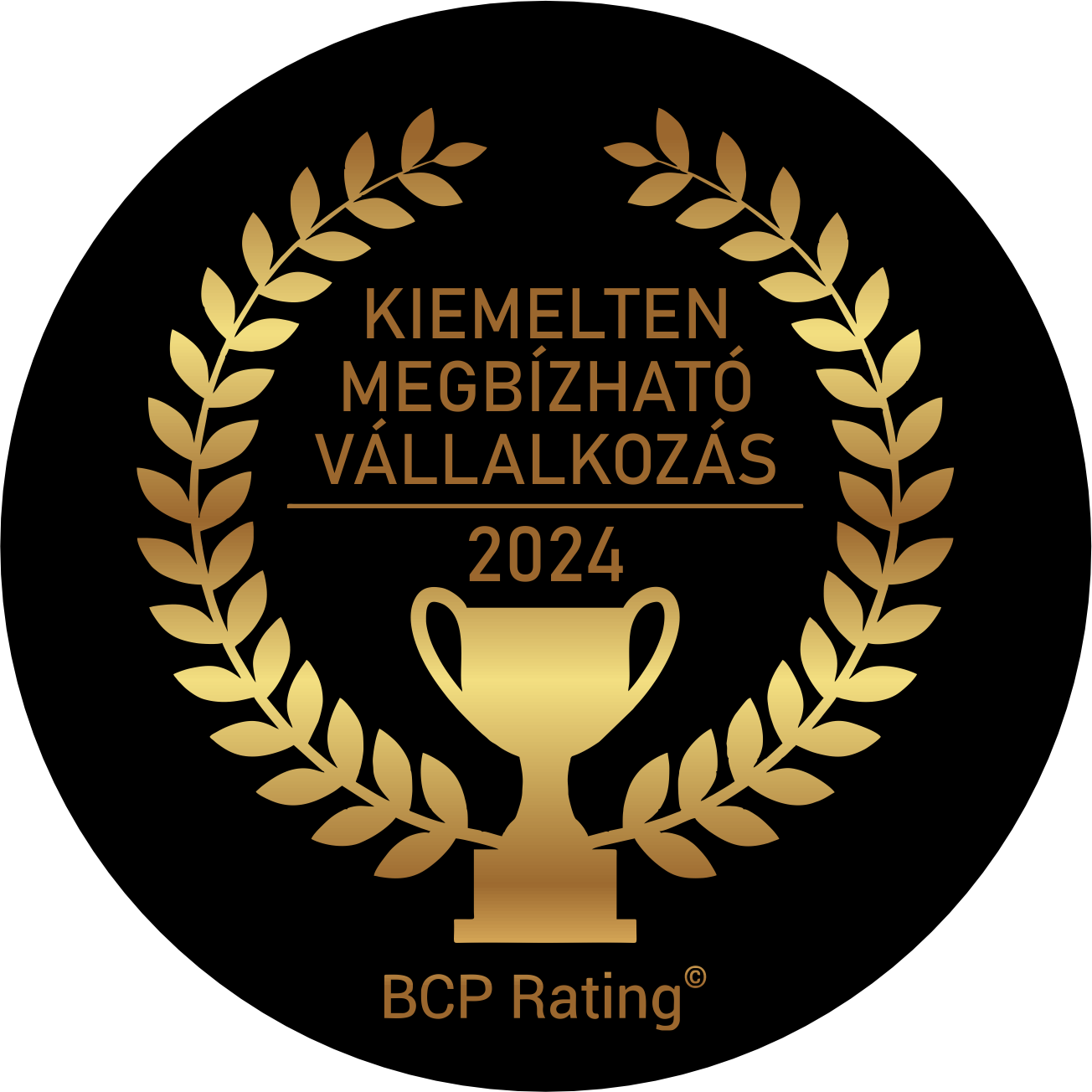We are very pleased that the drone we donated is already in action in the Danube-Ipoly National Park!
dunaipoly.hu wrote about it like this:
“Nature conservation guard Dr. Zoltán Hegyi’s account of a meaningful – and not exactly ordinary – working day.
On Tuesday, April 18, my colleague and I checked the southern parts of our guard district, east of the Ráckevei-Soroksári Danube branch. Through April, we tried to concentrate on resident breeding species and highly protected bird species when collecting data.
On the high-voltage traverses at the northern border of Áporka and Kiskunlacháza, in the nesting boxes used by saker falcon pairs, we now found incubating pairs of kestrels.

Highway 51 will be widened between Kiskunlacháza and Dömsöd. On the one hand, due to the expansion of the main road, and on the other hand, due to the reconstruction plans of the Water Administration, we checked a small wetland, running parallel to the current road, overgrown with reeds and sedges. There were even patches of open water in the habitat. On our current field day, thanks to Syba Kft., we had a Mavic 3T type drone with a thermal camera at our disposal. So we inspected the area not only with binoculars, but also with a drone. It was a cool, cloudy morning, so we managed to register the nesting of several protected bird species. We also saw a summer goose nest with 9 eggs, 3 red heron nests under enhanced nature protection and a gray heron nest. The herons that were not incubating were sitting on dry willow and poplar trees around the habitat. We also saw hares, cormorants, and marsh turtles in the area, and we heard the song of the reed cricket almost constantly.

The Dömsöd fish ponds were sold 3 years ago. Their new owner is the Ráckeve Danube Fishing Association. The previous farmer used the lakes quite extensively. During the management of the Fishing Association, management became more intensive. Fortunately, however, the management of the Association prefers sustainable forms of management and is ready to make compromises in its management in order to preserve nature conservation values. Last year, we found a heron colony in one of the tarred lake beds. During our current inspection, we mapped the area with a drone. The colony of heavily protected large egrets has increased in number since last year. In the background, two bald eagles sat atop a high-voltage traverse. Above the reeds, a brown meadowlark hunted. Summer geese were leading their little geese in the open water spots. In the area, we also saw tufted digger geese, 6 specimens of gulipant and brooding summer geese. We managed to meet the manager of the farm, so we shared our experiences with him. In order to protect the egret colony, we initiated a restriction at the Government Office, since in addition to human relations and the sharing of information, sometimes the supporting power of the law and official forms are also needed.

Based on prior telephone consultation, we managed to enter the area of the Kiskunlacház airport. Accompanied by the owner, we inspected last year’s crow colony. The settlement has been depopulated since last year. We found a total of 19 nests. The crows moved elsewhere. However, there was a pair of red wrens nesting in one of the nests. And there could be jackdaw nests in the wild aspen trees. After all, 3 dogs were constantly in the area and they were making noise because of our presence there.
Our next monitoring location was the bank house crow colony. This is a large, populous, very active colony. Based on our collective, multiple calculations, the colony consists of 280 nests. (It is not an easy task to clear the nests, even though there were hardly any leaves on the white acacia trees of the colony at the moment.
Traditional farming is carried out in the outskirts of Apaj. Gray cattle and buffalo graze the grasslands. It is a large, continuous area of lawn. During our inspection, we were treated to a pleasing sight. Grouse and roosters crowed in the area. We saw a total of 14 buzzards. Most of them were roosters. We managed to see only 2-3 eggs around the group. In addition to the buzzards, there were also 3 cranes in the area. These cranes have been here for two weeks. The question is, are they just slow-moving, code-wandering copies, or will they even spend? It would be a wonderful result. Their voice evokes ancient atavistic emotions in me. This was also the case now, because our cranes were making noise from time to time. We saw a lot of deer in this landscape. This is not a basic nature conservation task, but due to buck season it was good to see older bucks and younger males with still-developing buck antlers. Overall, the gender ratio in this area has shifted quite a bit in the direction of males. This does not favor the survival of a healthy roe deer herd. At the place where we carried out our observations, a furrow-wobbly stack nest was found in the frame of a stationary agricultural machine. The laying bird hatched on 6 eggs.
On the way home, we brought an injured Danka seagull from a house on Széchenyi row in Majosházá. Then we took him to the rescue station of the Capital Animal and Botanical Garden.
We had a day that we wanted to share with others. We could say that this is an average field day for the nature conservation guard. But that wouldn’t be true. We had a real Holiday. The red-day celebration of spring, nature and our protected values. How nice it would be to make such a day ordinary.”
Dr. Zoltán Hegyi, nature conservation officer, PBKTE
If you can, please support them with 1% of your tax!

